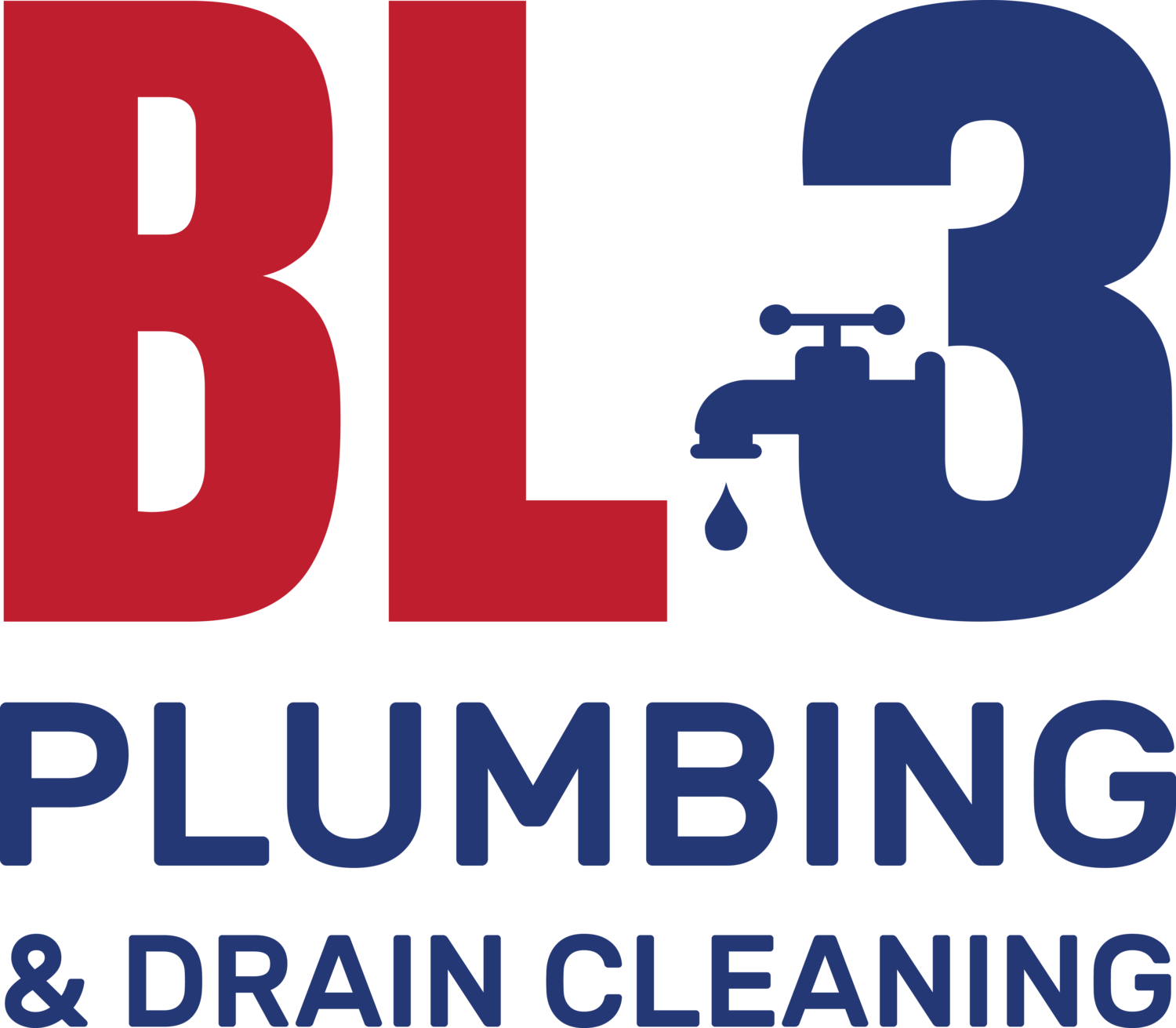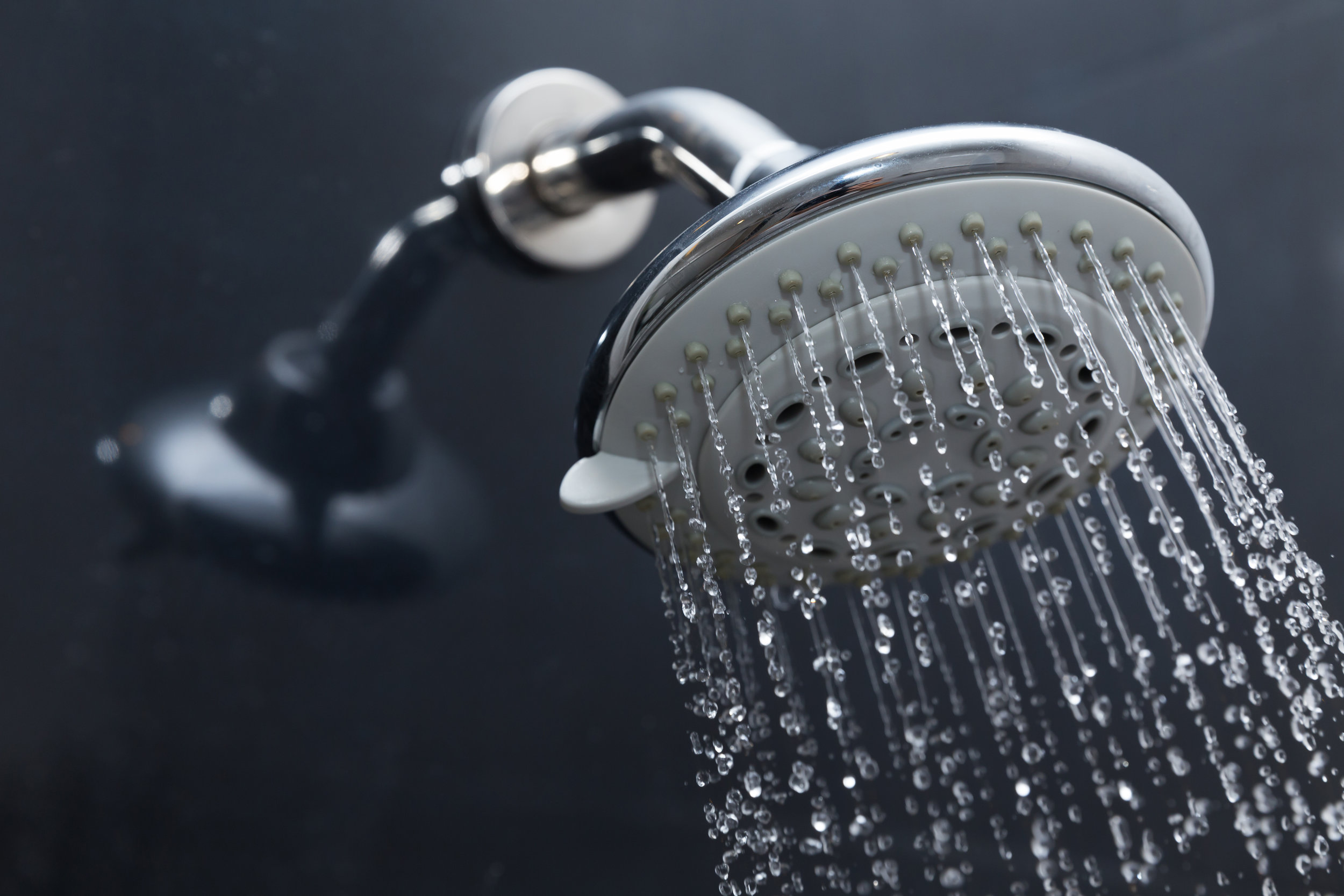April showers bring May flowers, but your home might not be releasing water quite as easily. Whether you shower in the morning or evening, we can all agree it’s a time to relax and unwind. But, one of the least relaxing moments is when you’re shivering in a towel while the shower head spits out a measly drizzle.
Low water pressure can be frustrating and can affect more than just the bathroom. It can result in longer wait times for the washing machine to fill or even rinsing food from a plate. But, there’s no need to live with low water pressure if you don’t have to. It all starts with identifying the root of the problem.
Generally, the issue can be attributed to one of these:
Whole-House Low Pressure
Fixture-Specific Low Pressure
Temperature-Specific Low Pressure
If you’re a new homeowner and you’re experiencing low water pressure. Ask your agent or neighbors if it’s a common problem in the community — it could be a water line issue. If it is, you have the option of installing a water pressure booster which increases pressure to your kitchen and bathroom. Perfect, right?
If it’s not a common occurrence in your area, it could be a water pressure reducing valve. Investigate if you have one and give our BL3 Plumbing team a call. We can adjust the setting, allowing a higher level of flow. If the valve isn’t found, you may need to check for a potential leak in the main line.
If you’ve been happily living in your residence for a while, it’s not uncommon for water pressure to act up. It could be a faucet acting up or even a clogged aerator. To check for either case, unscrew the nozzle of the faucet and check for build up. This will help narrow down the source. While the aerator is off, turn the faucet. If there’s still low water pressure, it could be a clog somewhere in the line.
If you have low water pressure in the shower alone, there’s a good chance that it’s the head. It can either be a design that produces low flow or build up — that can easily be remedied with vinegar and hot water. All in all, it’s always best to check these scenarios before installing a replacement.
If you’re unable to identify (or fix) the source of the problem, don’t stress. That’s why we’re here. We’ll fix your low water pressure in no time. Soon enough you’ll be enjoying hot showers and bubble baths again!


